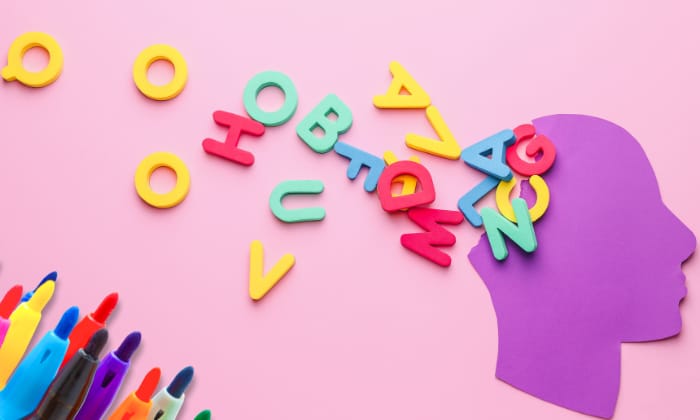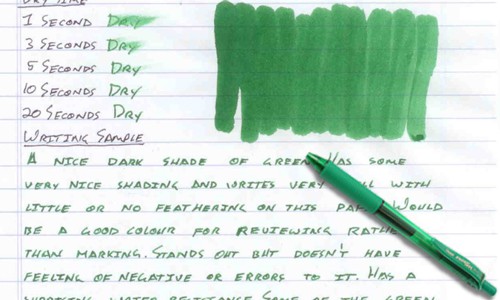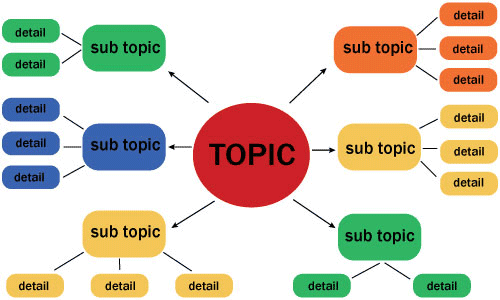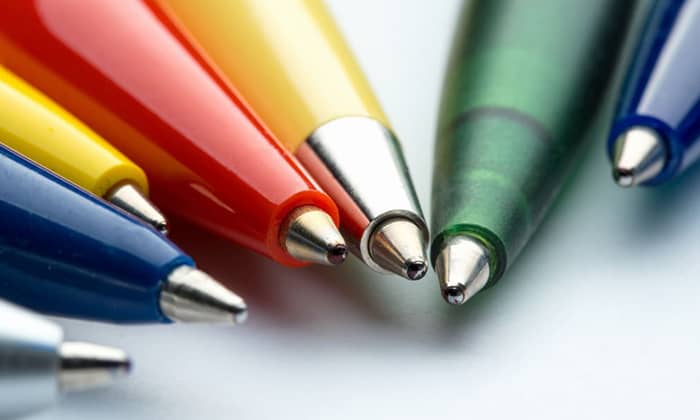Have you ever wondered if the color of your pen could impact your ability to remember?
It seems like a trivial detail, but research suggests that color can play a significant role in memory enhancement. What color pen helps you remember?
Discover the science behind how certain hues stimulate the brain and unlock your memory potential.
Table of Contents
Color Pen Helps With Memory
Red is the color that helps you remember the most, making it a color that can be useful for learning.
However, depending on each individual, other pen colors like green, blue, orange, and yellow can also help enhance your memory.
The Psychology of Color and Memory
The psychology of color and memory explores the relationship between colors and their impact on human cognitive processes.
Colors can evoke certain emotions, catch our attention, and influence memory recall.
Research suggests that different colors can affect memory retention and retrieval.
For example, red and blue are the most effective in improving cognitive skills and brain function. Red is particularly beneficial for tasks that require attention to detail.
Colors and Their Memory-enhancing Properties
1. Red
- Red is associated with strong emotions such as excitement or alarm and can capture attention effectively. Thus, teachers usually use red pens to mark errors or important information.
- These emotional connections are the best for forming and retrieving memory, as our brains tend to prioritize information that elicits a strong emotional response.
- Red is a warm color because it has the longest wavelength and the lowest frequency among visible colors. It can stimulate alertness and enhance cognitive performance.
- Therefore, writing in red can make the content stand out and create a sense of significance, leading to better memory.
2. Blue
- Blue relates to calming and peaceful effects. When we feel calm and relaxed, our brains can better focus on information.
Thus, blue is commonly used to present complex or technical information.
- When we’re writing in blue, our brains will know that information requires more focus.
- As a result, our memory retention is boosted because we are more actively engaged with the details. In other words, seeing blue can make us pay closer attention and remember things better.
3. Green
- Green usually refers to a sense of tranquility. Its low wavelength makes it one of the easiest colors for our eyes to perceive.
- This ease on the eyes can reduce strain and fatigue, allowing for prolonged periods of focused study or reading.
- When our eyes are more comfortable, we can better retain the information we are exposed to.
- Green also goes with health, nature, growth, and renewal. These associations can create a positive mindset and enhance our mood and memory.
4. Yellow
- Yellow has a connection with energy, creativity, and hope. It is a vibrant color that can evoke feelings of happiness and positivity.
- Thus, yellow is believed to activate the mind and stimulate learning. Moreover, it can grab attention and enhance concentration.
- Yellow increases mental alertness and focus, making it easier to process and remember information.
5. Orange
- Orange also represents warmth, enthusiasm, and creativity. It is also known as the color of adventurers.
- It combines the energy of red and the happiness of yellow, resulting in a color that can evoke feelings of excitement and optimism.
- Like yellow, orange can promote mental activity and improve attention. Thus, you will have better information retention with it.
Factors Influencing Memory Recall
- Attention: When we are distracted or not fully focused, it can hinder memory formation and make it difficult to retrieve information later.
- Emotional state: Strong emotions, whether positive or negative, can affect memory consolidation and retrieval.
- Stress and anxiety: High levels of stress and anxiety can have a negative impact on memory. Stress hormones can interfere with memory and retrieval processes, making it harder to recall information accurately.
- Individual factors: Age, health, and cognitive abilities can influence memory recall. The elderly or some people with cognitive impairments may have memory decline.
- Sleep and rest: Sufficient sleep and rest play a crucial role in memory storage. During sleep, memories are processed, which can improve later recall.
Pen Color and Memory Recall
- Red is the best color for memory recall. As mentioned above, red is often associated with danger or importance, such as stop signs or warning signs.
- Red is one of the most visually salient colors. Words written in red are more noticeable and memorable than those written with a black pen.
- Blue is often considered to be a good pen color for retrieving information. Blue evokes calmness, stability, and focus. It may promote a relaxed state of mind, which can be good for memorization and concentration.
Practical Tips for Using Color to Remember
1. Choosing the Right Color for the Task
- Use red for important information: While a blue or black pen explains ideas, red is used for key points, critical details, or information that requires immediate attention. It can help draw focus and increase the memorability of crucial elements.
- Use contrasting colors when categorizing: Different colors can differentiate between categories or concepts. Choose contrasting colors that are easily distinguished, such as red and green, blue and yellow, or purple and orange.
- Don’t overuse colors: While color can be an effective memory aid, using too many colors can lead to visual overload and distract from the content.
2. Tips To Take Color-Coded Notes
- Color-coding your text after taking notes: you can review your notes, identify categories or themes, and choose colors for each category. This will help you organize your writing better and make it easier to review.
- Maintain consistency: Use the same colors steadily across your notes for the same themes. This will make it easier to understand and remember the color associations when reviewing your notes.
- Choosing the right tools: A colored pen, color highlighter, or pencil is essential for effective color-coded note-taking. Ensure that the tools you choose have vibrant and distinguishable pigments.
- Review and reinforce: Regularly review your color-coded notes to reinforce your memory of the material. As you review, focus on the colors to strengthen the connections between the information and colors in your mind.
Conclusion
In conclusion, a pen’s color can influence our ability to retain information. What color pen helps you remember? Red is the best for memory while blue, green, yellow, and orange can enhance focus and recall in many ways.
Pen colors for studying can impact our cognitive processes, making it easier for us to remember important details.
Thus, choosing the right color pen can be a simple yet effective strategy to boost our memory and learning abilities.

Art has always been a part of my life; it influences my upbringing and later my career choice. For me, it is always a part of my parenting technique. So for whichever purpose that you come to art, you can start here with us.









